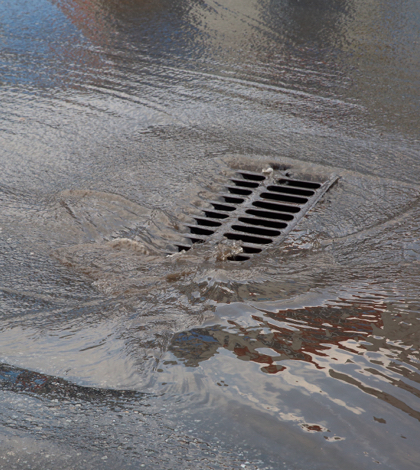The recently released U. S. Bureau of Reclamation’s Los Angeles Basin Study has examined the region’s future water needs and resources and finds there is a potential water supply deficit for the region of approximately 160,000 acre-feet-per year by 2035 and 440,000 acre-feet-per-year or 25-percent less water than the region is projected to need in 2095.
In releasing the report Bureau of Reclamation Commissioner Estevan López said, “Reclamation and our partners in the Los Angeles area are working to assure a sustainable water supply now and into the future. The basin study provides our partners the information that they need to further study the various alternatives for future water supplies while reducing their reliance on the state water project and the Colorado River Aqueduct.”
The study compiled and assessed the potential impacts of changing demographics, climate change and competing interests for available water supplies and the options to meet projected water needs in the Los Angeles Basin through the remainder of the century. Climate change in the Los Angeles area include variations in precipitation and changes in the timing and intensity of storms through 2095, temperature increases of 3.5 degrees to 4 degrees Fahrenheit along the coast and 4.5 degrees to 5.5 degrees Fahrenheit in the mountains and desert, an increase in sea-level of 5-24 inches by 2050 and 17-66 inches by 2100, along with an increased wildfire risk.
Currently, the Los Angeles area relies on imported water from the state water project and the Colorado River for some 57 percent of its current water supply. These imported supplies may also be negatively impacted in the future by climate change, drought, and increasing demands.
To address this increased water uncertainty, the study focused on local water supply sources such as groundwater, considered to be an important component of the area’s overall water supply portfolio. The Los Angeles County Flood Control District, which partnered in this study with Reclamation, placed a strong emphasis on stormwater capture for groundwater recharge. In addition, recycled water and other local supplies were studied to assist with groundwater recharge. These adaptive concepts were divided among local, regional, storage solutions and management solutions.
Nearly 92 percent of Los Angeles County’s population resides within the basin and accounts for more than one-fourth of California’s 38.8 million residents. The Los Angeles Basin includes a population of 9.9 million people that is projected to increase to more than 11 million through the next several decades. It covers approximately 2,040 square miles.
The U. S. Bureau of Reclamation’s Los Angeles Basin Study was and was cost-shared between Reclamation, Los Angeles County Flood Control District and 20 local project partners and was conducted as part of Reclamation’s WaterSMART Program. WaterSMART is the Department of the Interior’s sustainable water initiative that uses the best available science to improve water conservation and help water resource managers identify strategies to narrow the gap between supply and demand.
The Los Angeles Basin Study is available on Reclamation’s Basin Study Program website at http://www.usbr.gov/watersmart/bsp/. For more information on California’s WaterSMART program, visit www.usbr.gov/WaterSMART.
 California Water News Daily Your Source For Water News in California
California Water News Daily Your Source For Water News in California


